'Weeping Serbian Spruce' --'Pendula' and 'Pendula Bruns'
spruceman
16 years ago
Related Stories
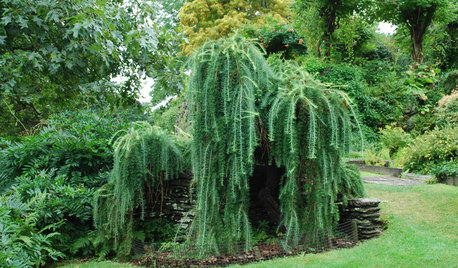
GARDENING GUIDESGreat Design Plant: Larix Decidua ‘Pendula’
Soft, graceful and sculptural, weeping larch is a star in northern U.S. gardens
Full Story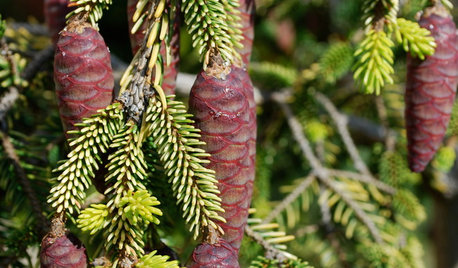
GARDENING GUIDESGreat Design Plant: Skylands Oriental Spruce, a Favorite Conifer
Brighten up a drab corner of your garden with Picea orientalis ‘Skylands’, a smaller spruce that a bird family might just call home
Full Story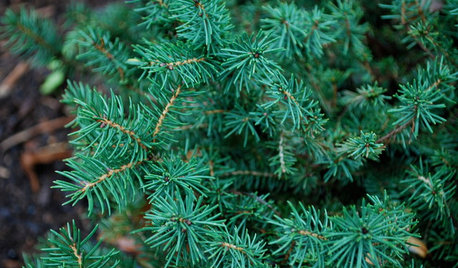
GARDENING GUIDESGreat Design Plant: Picea Abies ‘Nidiformis’
Bird’s nest spruce pulls its weight in the winter garden by providing structure and interest
Full Story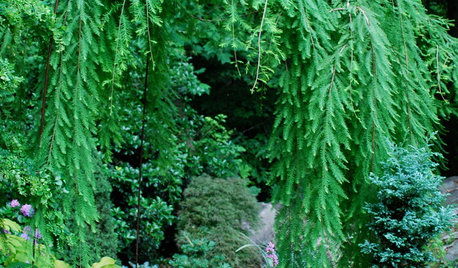
LANDSCAPE DESIGNThe Weepers and the Creepers: 10 Intriguing Trees for Your Garden
Bring something a little different to your landscape with a tree that dives, twists or crawls
Full Story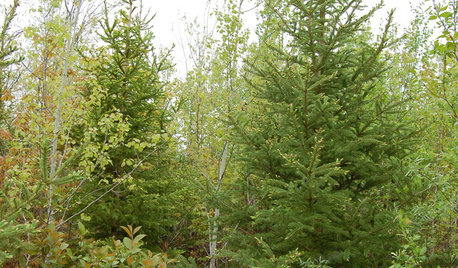
GARDENING GUIDESGreat Design Plant: Picea Glauca
Its sculptural form and evergreen foliage provide year-round beauty and wildlife shelter. Its cones offer important winter songbird food
Full Story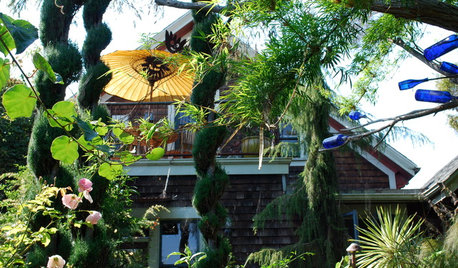
PLANTING IDEASDesigning With Conifers: How to Unite Your Landscape
Create a landscape full of intrigue and artistry with the right placement of conifers and their supporting players
Full Story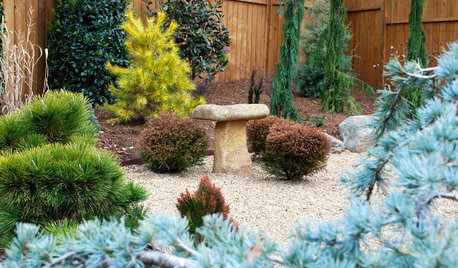
PLANTING IDEASDesigning With Conifers: Personality and Form in the Garden
Unique and full of interest, well-shaped conifers await a place your yard
Full Story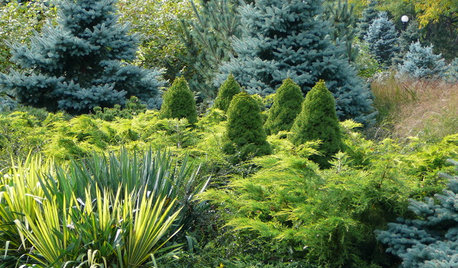
PLANTING IDEASDesigning With Conifers: Layers of Texture for Your Garden
Sharp and prickly or fine like ferns, richly textured conifers bring unexpected interest to the landscape
Full Story
LANDSCAPE DESIGNThe 7 Best Plant Types for Creating Privacy and How to Use Them
Follow these tips for using different kinds of plants as living privacy screens
Full Story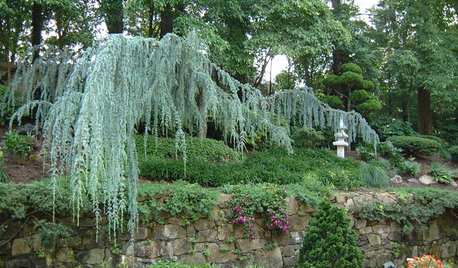
PLANTING IDEASDesigning With Conifers: Exploring Color
Colorful, structural and adaptable, conifers are waiting to transform your garden
Full Story









dcsteg
sprucemanOriginal Author
Related Professionals
Otsego Landscape Architects & Landscape Designers · River Forest Landscape Architects & Landscape Designers · Vernon Hills Landscape Architects & Landscape Designers · Aurora Landscape Contractors · Clermont Landscape Contractors · Westwood Landscape Contractors · Andover Landscape Contractors · Bainbridge Island Landscape Contractors · Ellensburg Landscape Contractors · Lake Worth Landscape Contractors · Lemoore Landscape Contractors · Ringwood Landscape Contractors · Wayland Landscape Contractors · North Hills Landscape Contractors · Suisun City Landscape Contractorsconifers
sprucemanOriginal Author
ken_adrian Adrian MI cold Z5